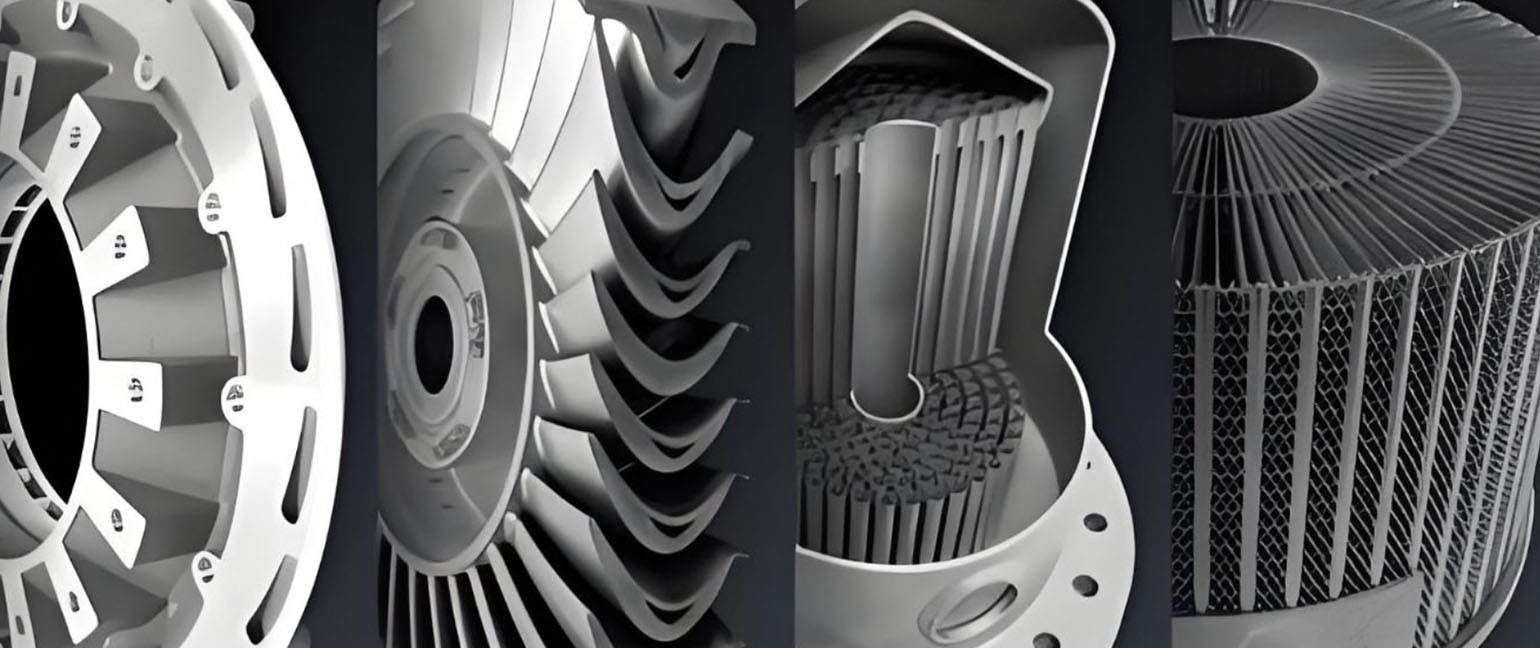I. Key Applications of Nitrogen in 3D Printing
1.Preventing Material Oxidation and Defects
• In metal 3D printing (e.g., Selective Laser Melting/SLM, Electron Beam Melting/EBM), the high temperatures generated by lasers cause metal powders to react with oxygen, forming oxidation layers, embrittling parts, or reducing precision. Nitrogen creates an inert environment that significantly reduces oxygen content, preventing oxidation and improving mechanical properties and density.
• For highly reactive metal alloys (e.g., titanium, aluminum), nitrogen is critical to avoiding material degradation.
2.Expanding Printable Material Range
Reactive materials (e.g., certain composites or specialty plastics) cannot be printed stably in oxygen-rich environments. Nitrogen suppresses oxidation, enabling their use and diversifying 3D printing applications.
3.Optimizing Print Processes and Quality Control
• Powder Bed Support: In powder bed sintering, nitrogen stabilizes pressure distribution, preventing layer collapse or dispersion and enhancing lamination stability.
• Temperature Control: Nitrogen acts as a cooling medium, regulating temperatures to prevent thermal deformation in sensitive materials (e.g., high-temperature plastics/alloys) and reducing melt adhesion issues.
• Surface Finish Improvement: Uniform melting in inert environments reduces surface roughness, minimizing post-processing needs.
4.Post-Processing and Storage Protection
• Nitrogen cleans and dries printed parts, removing residual powders or impurities for higher cleanliness.
• During storage, nitrogen prevents metal powders from absorbing moisture or oxidizing, extending shelf life.
II. Advantages of On-Site PSA Nitrogen Systems
1.Cost-Effectiveness and Safety
On-Demand Supply: Adjusts flow and purity based on printing needs, reducing waste and long-term costs compared to liquid nitrogen or gas cylinders.
2.Flexibility and Reliability
• Customizable Purity: PSA systems produce nitrogen at 95%-99.9995% purity, meeting diverse requirements (e.g., metal vs. thermoplastic printing).
• Continuous Supply: Modular design scales with business growth, ensuring uninterrupted production.
• Rapid Response: Starts producing nitrogen within 20 minutes to meet urgent needs.
3.Technical Integration
• Tailored Parameters: Adjustable for pressure/flow requirements of 3D printers, with potential integration into automated control systems.
• Eco-Friendly: PSA (Pressure Swing Adsorption) is a physical separation process with no harmful byproducts, aligning with green manufacturing trends.
4.Productivity and Material Efficiency
High-purity nitrogen reduces print failures (e.g., delamination due to oxidation) and optimizes powder recycling, lowering material costs.
PSA on-site nitrogen systems address key challenges in 3D printing through efficiency, flexibility, and customization. Their sustainability and adaptability make them ideal for modern manufacturing needs.



